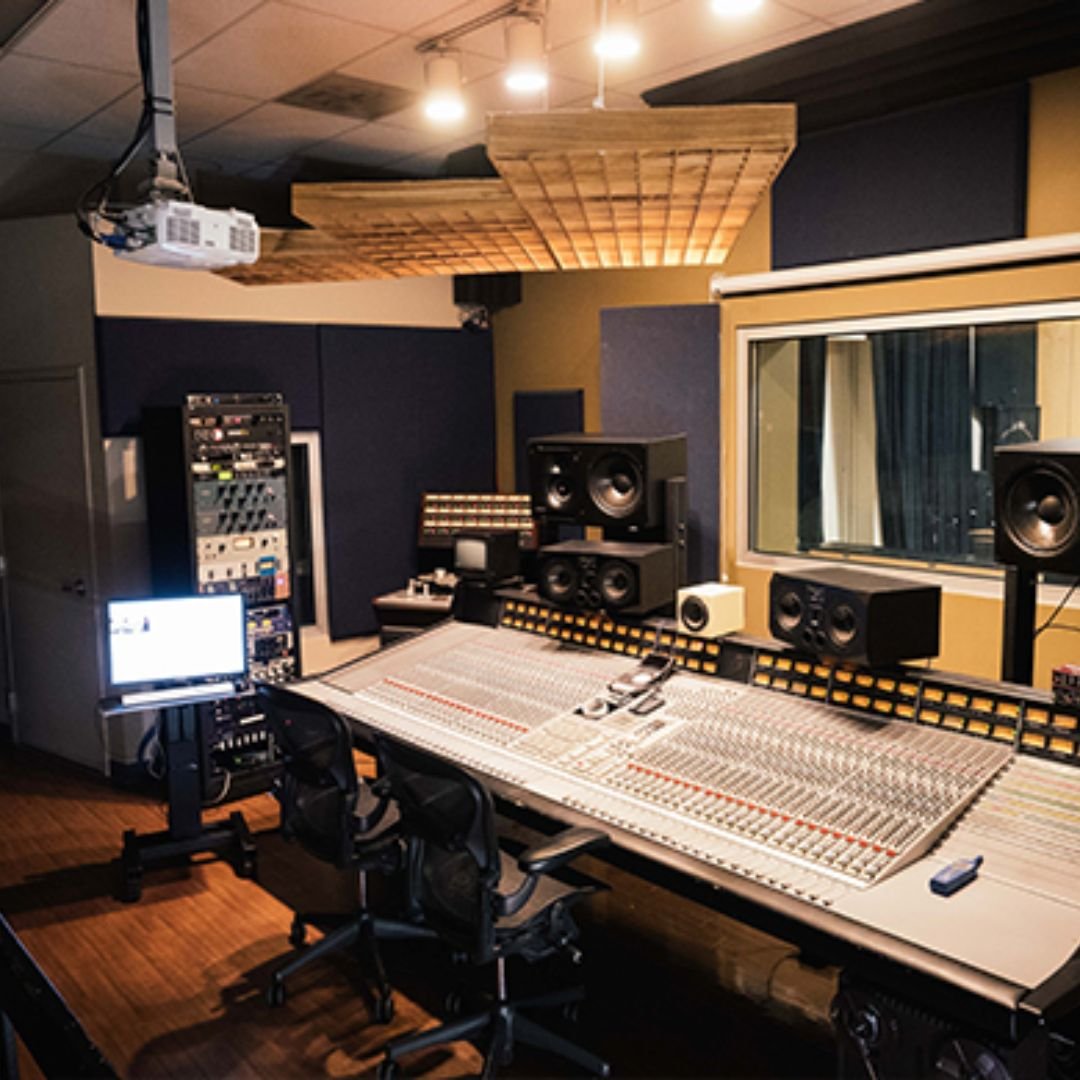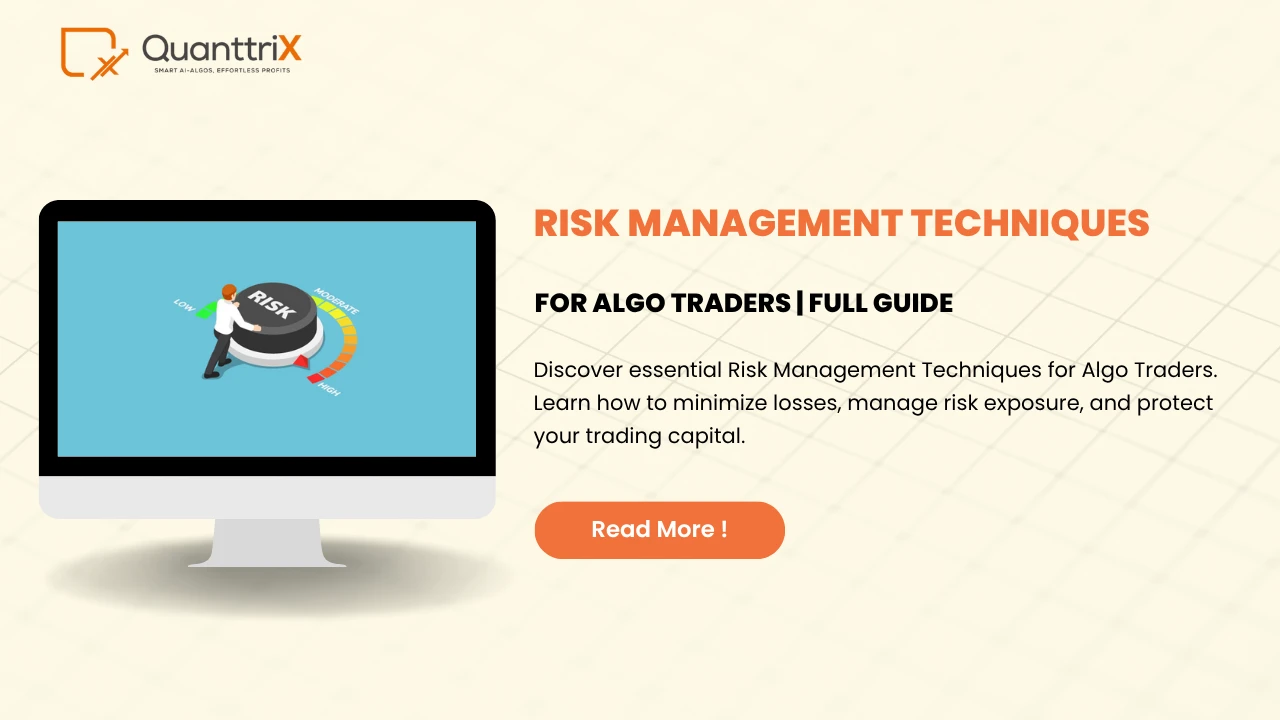In today’s fast-paced industries, businesses often rely on contractors to complete essential tasks. From construction and oil rigs to laboratories and office renovations, contractors bring expertise that organizations may not always have in-house. While their role is valuable, it also introduces risks if their work is not carefully monitored. Mistakes, negligence, or non-compliance with safety standards can lead to workplace hazards such as accidents, injuries, or even long-term health problems. This is where monitoring contractor compliance becomes a vital tool in maintaining safety, productivity, and trust.
Before diving deeper, it’s worth mentioning that monitoring practices align closely with international safety training programs like the NEBOSH IGC. This globally recognized qualification emphasizes hazard identification, risk management, and compliance monitoring. By applying its principles, organizations can create safer workplaces and avoid costly mistakes.
Why Monitoring Contractor Compliance Matters
When companies bring in outside contractors, they also bring in unknown variables. Unlike permanent employees, contractors may not be fully aware of a company’s safety policies, workplace culture, or standard operating procedures. This knowledge gap can create serious challenges. For instance, a contractor working with electrical systems may ignore lockout/tagout procedures simply because they weren’t briefed properly. The consequences could be fatal.
Monitoring helps to bridge these gaps. By actively observing and evaluating contractor performance, organizations can:
- Reduce the risk of workplace hazards.
- Ensure compliance with local and international safety regulations.
- Protect their reputation from the fallout of accidents.
- Build stronger partnerships with reliable contractors.
Think of monitoring as a safety net. It doesn’t just catch mistakes; it prevents them from happening in the first place.
Understanding Contractor-Related Hazards
Contractors face many of the same risks as regular employees, but their unfamiliarity with a workplace environment often makes them more vulnerable. Some common hazards include:
- Chemical exposure in laboratories and factories.
- Falls from height during construction or maintenance work.
- Electrical hazards when repairing or installing systems.
- Fire and explosion risks in industrial settings.
- Noise and vibration exposure in manufacturing.
These hazards highlight the importance of implementing consistent monitoring systems. Without them, even a minor oversight can quickly escalate into a major accident.
The Benefits of Strong Monitoring Systems
Effective monitoring is not just about ticking compliance boxes. It’s about creating a culture of accountability where everyone understands the importance of safety. Some clear benefits include:
- Improved Safety Performance: Regular checks ensure that hazards are identified and corrected early.
- Cost Savings: Preventing accidents reduces insurance claims, legal costs, and downtime.
- Better Contractor Relationships: Contractors who are monitored fairly are more likely to respect safety protocols.
- Regulatory Confidence: Monitoring ensures that organizations meet the standards set by regulatory bodies.
Steps to Ensure Effective Contractor Monitoring
Step 1: Pre-Qualification and Selection
Monitoring begins long before a contractor sets foot on the site. Businesses should screen potential contractors based on their safety record, certifications, and past performance. A company that has consistently followed industry safety guidelines is a safer bet than one with a history of violations.
Step 2: Clear Contract Agreements
Contracts should spell out safety expectations in detail. This includes compliance with workplace safety standards, reporting requirements, and penalties for non-compliance. A well-drafted contract serves as a foundation for monitoring.
Step 3: Induction and Training
Even the most experienced contractor needs an orientation. Site-specific hazards, emergency procedures, and protective equipment requirements must be explained clearly. Here, training modules inspired by the NEBOSH IGC can be extremely valuable because they emphasize practical approaches to hazard awareness.
Step 4: On-Site Supervision
Regular supervision ensures that safety rules are not only known but practiced. This could include daily toolbox talks, spot checks, and ensuring proper use of personal protective equipment (PPE).
Step 5: Documentation and Record Keeping
Monitoring isn’t complete without proper documentation. Keeping records of site visits, inspections, and compliance reports creates accountability. It also serves as evidence in case of legal disputes.
Step 6: Regular Audits and Evaluations
Periodic audits help identify areas where contractors may fall short. These audits should be collaborative rather than punitive, encouraging contractors to improve instead of punishing them unnecessarily.
Step 7: Feedback and Continuous Improvement
After a project is complete, feedback sessions should highlight what went well and what needs improvement. This continuous improvement cycle builds a stronger safety culture over time.
Real-Life Anecdote: Why Monitoring Saves Lives
A construction company once hired a small subcontractor to handle scaffolding. The subcontractor had a reputation for completing projects quickly but didn’t always follow safety protocols. During one project, a site supervisor noticed workers climbing scaffolds without harnesses. Instead of ignoring it, he immediately halted work and enforced compliance. A few days later, strong winds hit the site. Thanks to the enforced monitoring, no accidents occurred because workers were properly secured.
This story underlines how proactive monitoring can literally save lives.
How Monitoring Reduces Workplace Hazards
Monitoring contractors is not only about compliance but also about prevention. For example, in chemical plants, monitoring ensures that contractors follow procedures for handling toxic substances. In construction, monitoring helps enforce fall protection systems. In offices, it ensures that electrical maintenance is done without introducing fire risks.
By identifying unsafe behavior early, organizations minimize the likelihood of hazards escalating into accidents.
Technology and Contractor Monitoring
With the rise of digital tools, monitoring has become more efficient than ever. Organizations can now use:
- Mobile apps for real-time safety checklists.
- Drones for monitoring high-risk areas such as scaffolding and roofs.
- Wearable devices that track exposure to noise or harmful gases.
- Cloud-based platforms to store compliance data and share it instantly.
Technology doesn’t replace human supervision but enhances it, making monitoring more accurate and reliable.
Encouraging Contractors to Embrace Safety
One of the biggest challenges is ensuring that contractors see monitoring as supportive rather than restrictive. Building trust is key. When organizations explain that monitoring protects both workers and the business, contractors are more likely to cooperate.
Simple actions, like recognizing contractors who consistently follow safety rules, can go a long way in building this trust.
The Bigger Picture: Compliance as a Long-Term Investment
Some companies see monitoring as an additional cost. However, the reality is that it is an investment. The price of one serious accident—both financially and in terms of reputation—is far greater than the cost of ongoing monitoring.
International safety programs like NEBOSH Safety Courses emphasize this point by teaching that compliance is not optional—it’s fundamental to sustainable business success.
Conclusion
Monitoring contractor compliance is more than just a safety measure; it’s a responsibility. By carefully selecting contractors, providing training, supervising work, and embracing technology, organizations can create workplaces that minimize hazards and protect lives. From real-life stories to international safety standards, the evidence is clear: monitoring works.
For businesses, the choice is simple—invest in strong monitoring practices today, or risk accidents and losses tomorrow. When done right, monitoring is not a burden but a pathway to safer, more productive, and more trustworthy partnerships.












Leave a Reply